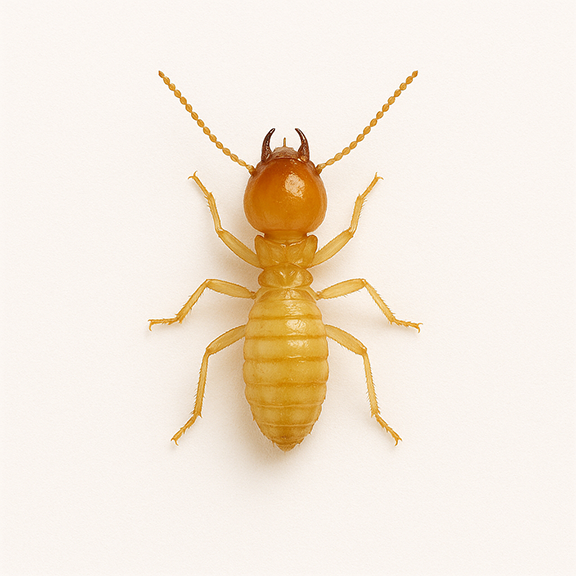Core Prevention Methods
Here’s how to protect your home using proven, practical techniques:
Eliminate Wood-to-Structure and Wood-to-Soil Contact
Why it matters: Termites need easy access to wood.
Common mistakes:
- Deck posts resting directly on soil
- Wood siding touching the ground
Solutions:
- Use concrete footings or steel brackets to elevate deck posts
- Trim siding at least 6 inches above ground
- Install metal termite shields where possible
Seal and Maintain Exterior Entry Points
Why it matters: Drywood termites enter through tiny cracks, vents, and joints.
Problem areas:
- Attic and crawl space vents
- Gaps in eaves and fascia
- Foundation cracks and utility entry points
What to do:
- Install fine mesh screens over vents
- Seal joints and cracks with weather-resistant caulk
- Recheck seals twice a year
Manage Moisture, Ventilation & Guttering
Why it matters: Moisture makes wood softer and easier for termites to chew through.
Action items:
- Clean gutters and downspouts regularly
- Check for roof or pipe leaks
- Use dehumidifiers in basements or coastal climates
- Ensure attic and crawl space ventilation is adequate
Treat and Protect Exposed Wood
Best option: Borate-based wood preservatives.
When to apply:
- During renovations
- On fences, decks, window frames, or other exposed structures
Also consider painting, staining, or sealing outdoor wood to add a protective barrier.

